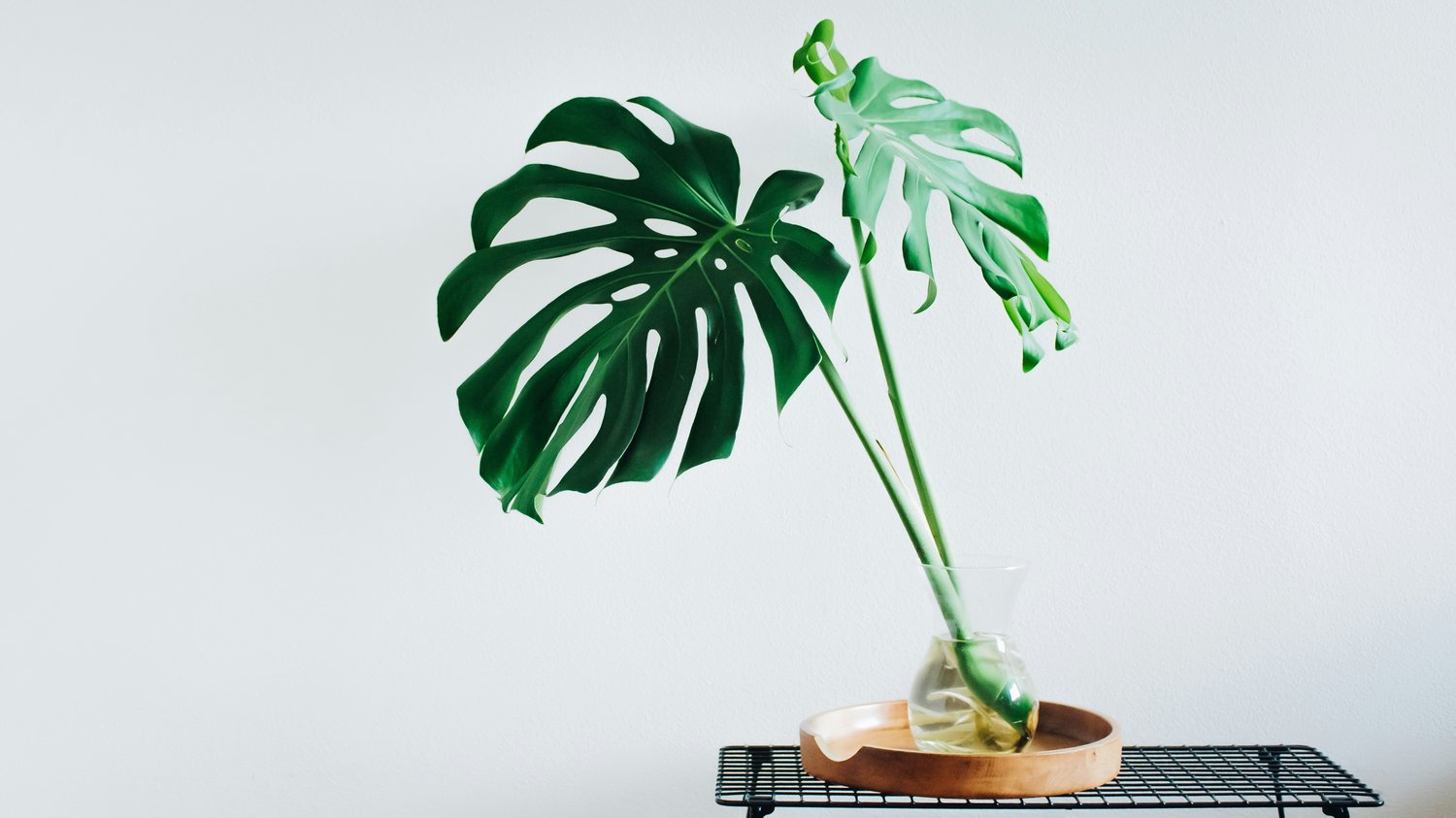House plants are the new pets, right? Every conceivable surface in my apartment has plants on it. It's great, it's lush, it's green, it's gorgeous - and it gets dusty. The babies' faces has to be cleaned - here's why and how:
- Better Photosynthesis
Dust blocks sunlight, reducing the plant’s ability to absorb light and produce energy. Clean leaves equals more light which equals healthier growth.
- Improved Air Quality
Plants act as natural air purifiers. Clean leaves can filter air more effectively.
- Pest Prevention
Dust and grime can attract spider mites, mealybugs, and scale, and you don't want that. Regular cleaning helps you spot and prevent infestations early.
- Aesthetic Appeal
Clean, glossy leaves make your plants — and your home — look fresher and more vibrant.
- Longer Lifespan
A clean surface helps leaves “breathe” properly through their stomata (tiny pores), supporting overall plant health and longevity.
Best Practices & Techniques
- Gentle Wiping (Most Common Method)
Use: Microfiber cloth, soft sponge, or a damp paper towel.
How:
- Support the leaf with one hand underneath.
- Wipe the top surface gently from the base to the tip.
- Rinse and wring your cloth often, to avoid spreading dirt.
Best for: Smooth-leaved plants like Monstera, Fiddle Leaf Fig, Rubber Plant, Philodendron.
- Rinsing in the Shower or Sink
Use: Lukewarm water with gentle pressure.
How:
- Place small or medium plants in the sink or shower.
- Spray leaves with a soft, mist-like stream.
- Let them drip-dry in indirect light.
Avoid: Cold water (can shock roots), or heavy jets that damage leaves.
Best for: Hardy tropicals like Pothos, Snake Plant, Peace Lily.
- Bath Method for Small Plants
Use: A bowl or bucket of lukewarm water.
How:
- Hold the soil with your fingers or cover with plastic wrap.
- Invert the plant and gently swish the leaves in the water.
Best for: Plants with flexible stems like Ferns or Spider Plants.
- Dusting for Delicate or Fuzzy Leaves
Use: Soft brush (makeup brush or paintbrush) or compressed air bulb.
How:
- Gently sweep away dust; don’t use water.
Best for: African Violets, Calathea, Begonias — anything with fuzzy or textured leaves.
Tools & Cleaning Aids
Microfiber cloth : Use for wiping smooth leaves. It's lint-free and gentle on leaf surfaces
Soft sponge: Ideal for deep cleaning larger leaves. Use only for non-fuzzy plants
Spray bottle: Misting before wiping. Mix with water or mild solution
Soft brush : Use for cleaning small/delicate leaves. Makeup or paintbrush works well!
Shower head or hose : When rinsing multiple plants. Use low pressure and lukewarm water
Neem oil solution : Cleaning + pest prevention. Mix 1 tsp neem oil + few drops dish soap + 1L water
Banana peel (optional) : Natural polish! Gently rub leaf surface for shine. Avoid overuse (can cause sticky residue, cause mold, or clog the stomata).
⚠️ Things to Avoid ⚠️
- No leaf-shine sprays — they clog pores and attract dust.
- No harsh detergents or alcohol — they damage the leaf coating.
- No strong water jets — they tear or bruise leaves.
- Avoid cleaning in direct sunlight — water spots can burn leaves.
🗓️ How Often to Clean
- Monthly: For most indoor plants.
- Bi-weekly: In dusty environments or near open windows.
- After pest treatment: Clean more often to prevent recurrence.
Here’s a safe, effective DIY natural leaf-cleaning spray that cleans, adds a gentle shine, and helps deter pests like aphids, mites, and mealybugs (we hate those).
All-Purpose Natural Leaf Cleaning Spray
Ingredients
- 1 liter (4 cups) lukewarm water
- 1 teaspoon mild liquid dish soap (unscented and biodegradable is best)
- 1 teaspoon neem oil (natural insecticide & antifungal)
- Optional:
- ½ teaspoon coconut oil (adds a very light shine — skip for fuzzy leaves)
- A few drops of peppermint or eucalyptus essential oil (for scent and extra pest deterrence — optional and use sparingly)
Directions
- Combine all ingredients in a spray bottle and shake well.
- Test on one leaf first — wait 24 hours to make sure there’s no spotting or burn.
- Spray lightly on both sides of the leaves.
- Wipe gently with a microfiber cloth or soft sponge.
- Let air dry in indirect light — never under direct sun right after cleaning.
Notes & Tips
- Shake before each use — neem and oils separate over time.
- Avoid spraying soil directly — it can disturb root microbes.
- Do not overuse oils — once every 2–4 weeks is plenty.
- Keep bottle in a cool, dark spot; neem oil loses potency with heat or light.
Keep your plant babies happy, healthy and shiny 🥰
Grow wild
Nova




